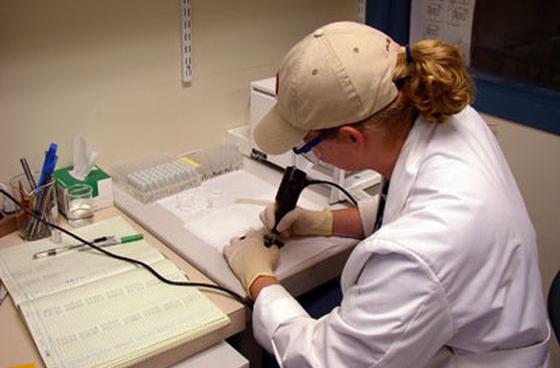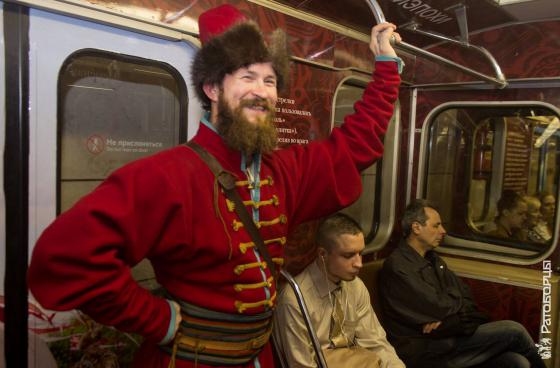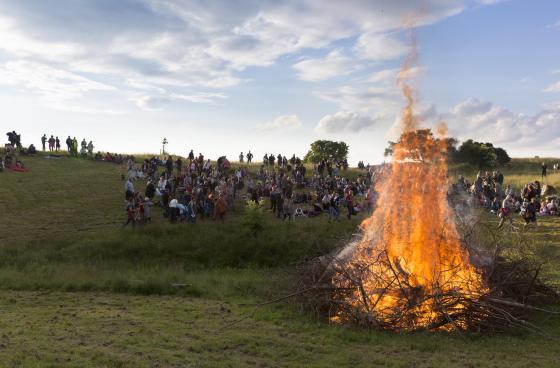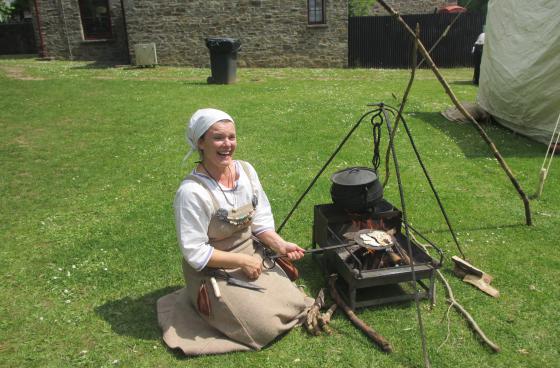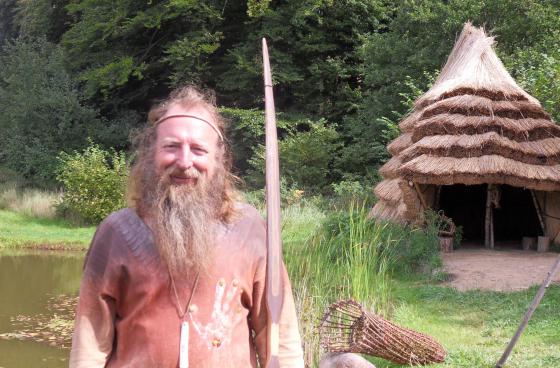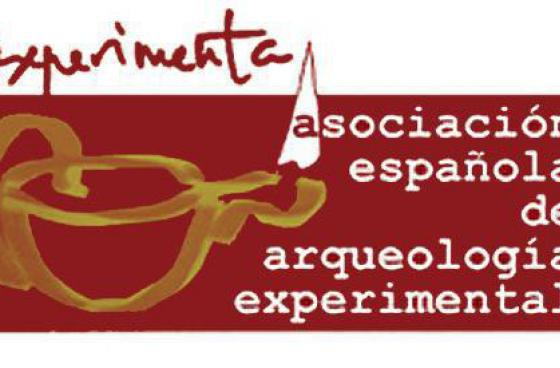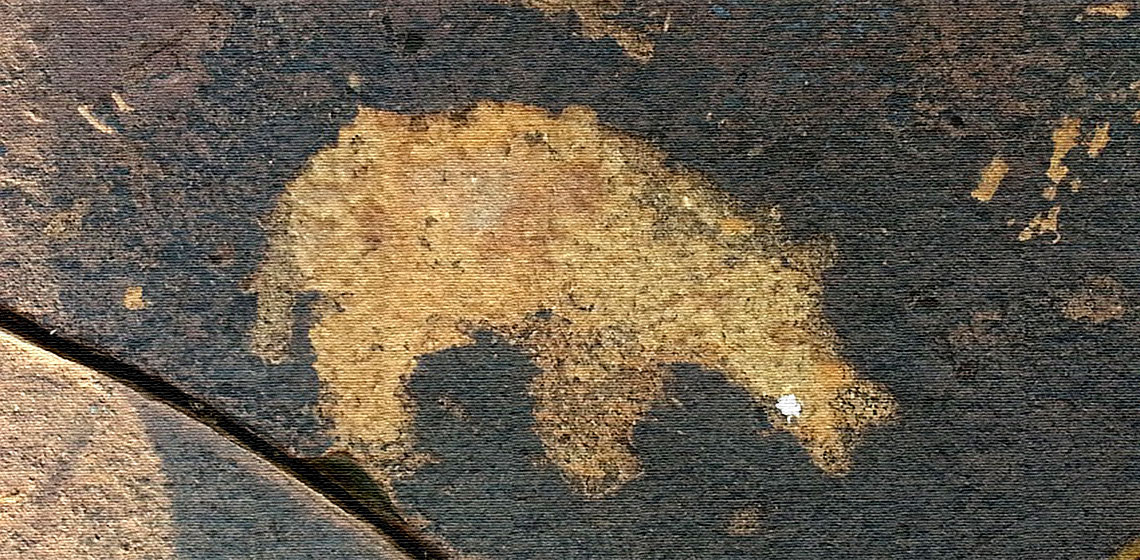Newer Era
12th Iberian Congress of Archaeometry (CIA 2017)
Country
- Spain
The 12th Iberian Congress of Archaeometry will be held between October 25th and 28th at the Centro Nacional de Investigación sobre la Evolución Humana (CENIEH) in Burgos .
The Iberian archaeometry community will meet to discuss the technological advances and their possible applications to the material study of historical, archaeological and cultural heritage.
Times & Epochs - Moscow Historical Festival
Country
- Russia
The historical festival ‘Times & Epochs’ is taking place in Moscow from 10 to 22 of August for the 8th time.
Midsummer Celebration
Country
- Sweden
14.00h we begin to dress the maypole to the folk music of a folk group
15.00h maypole erected by the folk dance team folk dancing. Games around the maypole
Free entrance if you wear folk costume.
We suggest you bring your own pillow or chair.
Harvest Feast
Country
- Sweden
Experience an old-fashioned harvest feast and help to preserve Vitlycke Meadow! We work together and show how a scythe should be used for best results.
A meadow can accommodate 40-50 species of flowers and grass per square meter. Today, only small bits of all the fields remain that once were important because they gave winter fodder for the animals.
All times' Midsummer
Country
- Denmark
- Performance of four times - who gets lit the fire and what was midsummer fire to the 1800s, the Viking Age, Iron Age and Stone Age? Discover how ages meet and see who wins the right to light the midsummer bonfire.
Mayday Bank Holiday
Country
- United Kingdom
May Day has heralded the start of summer for many hundreds of years in Wales. It’s time for the Green Man to wake up from his winter sleep as the buds burst and life returns to the woods and fields. The day is marked with merriment, music and what must surely be the most famous of all the folk dances, the raising of the maypole.
St Fagans' Craft Weekend
Country
- United Kingdom
Craft and making is at the heart of St Fagans and its collections. Our new galleries are filled with handmade objects - some over 200,000 years old. From the humblest bowl to the finest textiles – the urge to shape, make, mend and decorate and has always been with us.
Join us as we celebrate craft and creativity across the Museum this weekend.
Time Traveller's Tournament
Country
- Germany
Climb in your time machine, sharpen your eyes, turn your arm into steel, pack a bag of good mood and join us at the Steinzeitpark Dithmarschen in Albersdorf, Germany
As usual, animals and ferrytale creatures from the European forests await you as targets. Of course, also Wernes wild Wisent needs to be shot at!
V Congreso Internacional de Arqueologia Experimental
Country
- Spain
We are delighted to announce that the Institut Català de Paleocologia Humana i Evolució Social (IPHES), the Institut Català d’Arqueologia Clàssica (ICAC), the Institut Català de Recerca en Patrimoni Cultural (ICRPC) and the EXPERIMENTA Association will organize the V International Congress of Experimental Archaeology in Tarragona on 25, 26 and 27 October 2017.

